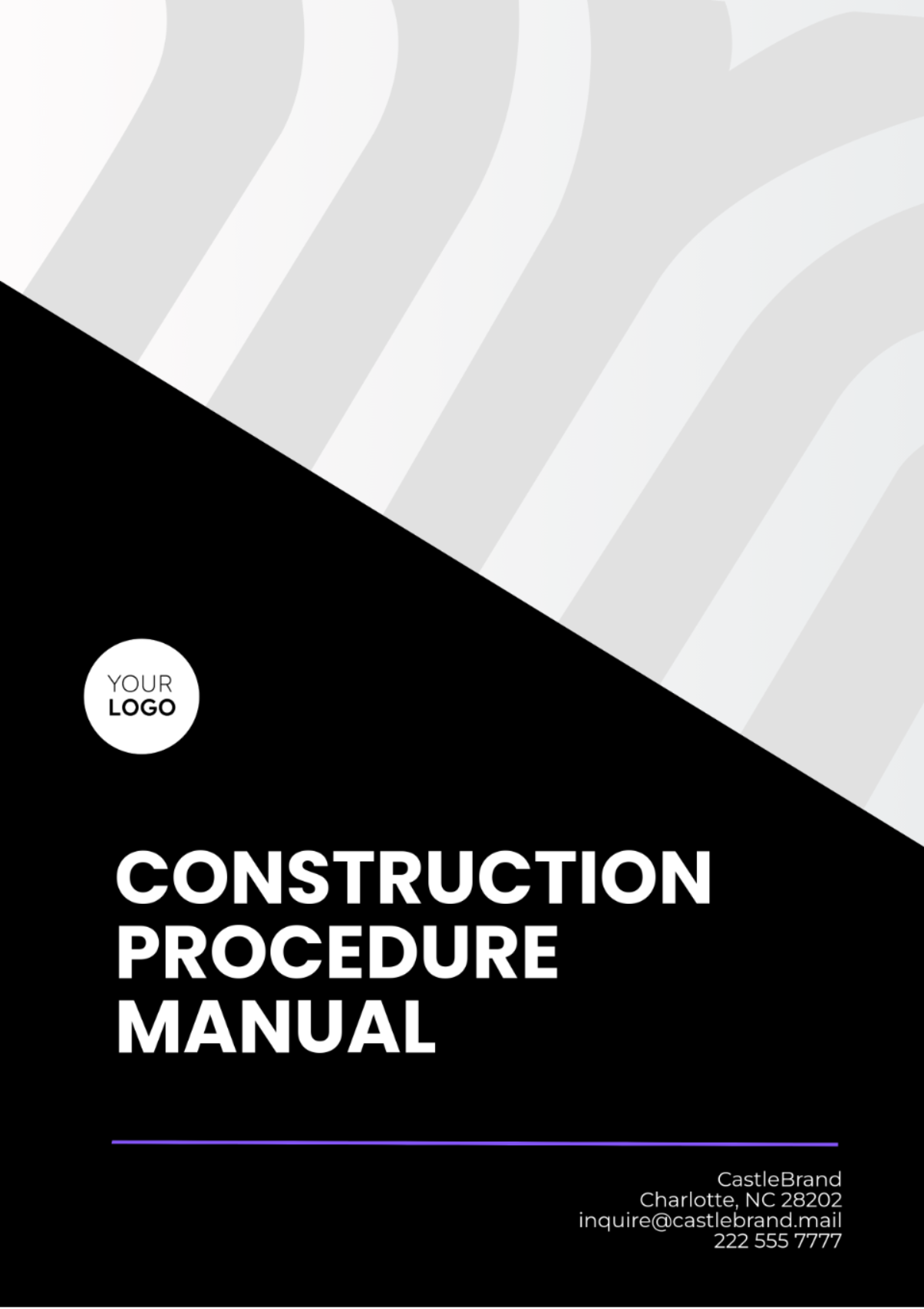Free Agriculture Employee Safety Policy & Procedure Manual
Ensure workplace safety with Template.net’s editable and customizable Agriculture Employee Safety Policy & Procedure Manual Template. Editable in our Ai Editor Tool, this template provides comprehensive guidelines for maintaining a safe working environment, helping you implement effective safety policies and procedures in your agricultural operations.






























